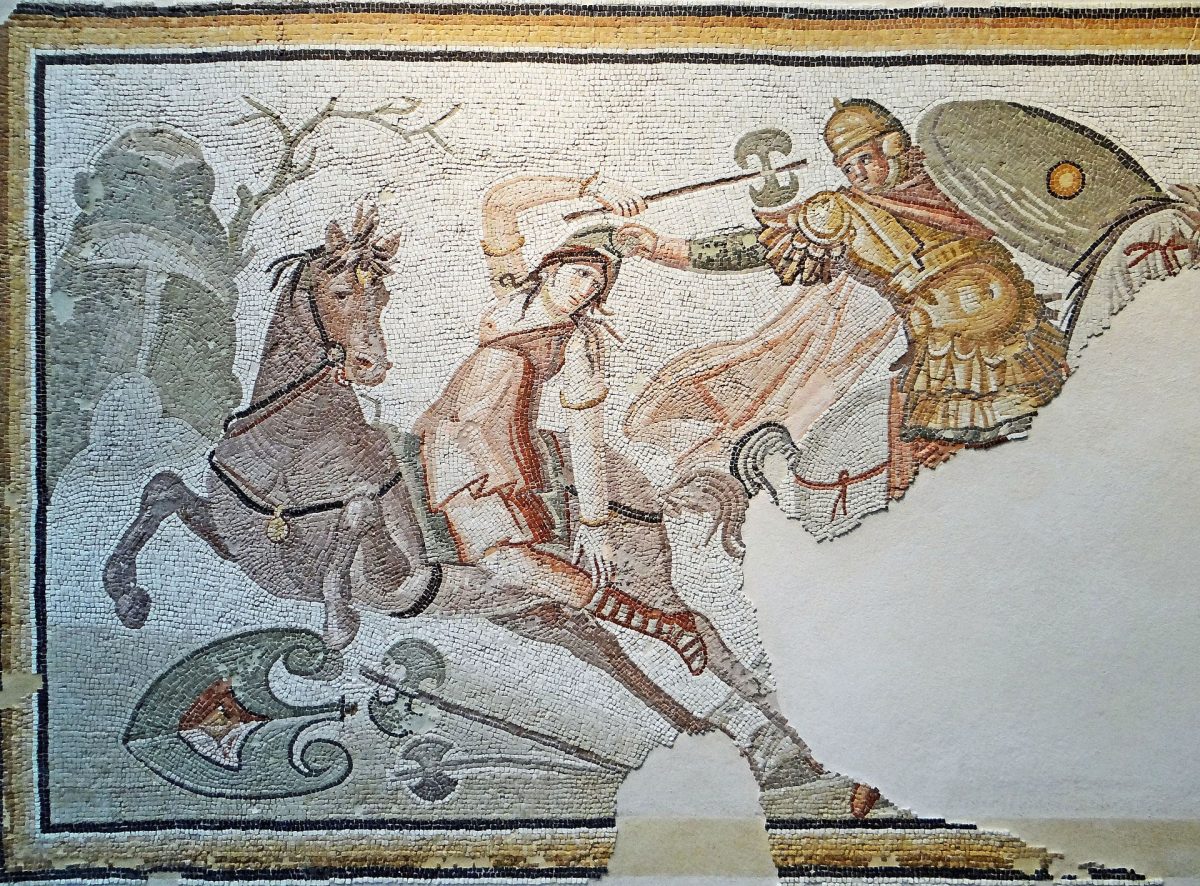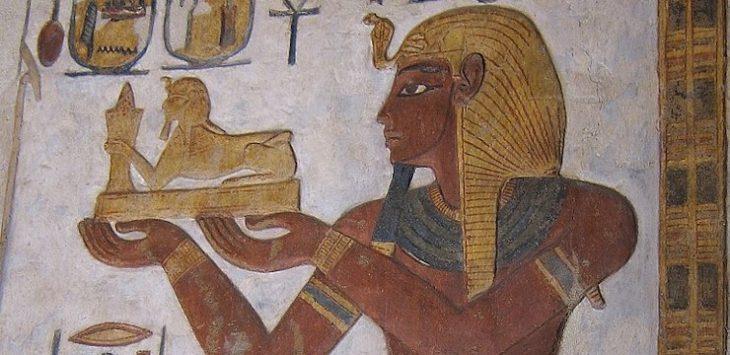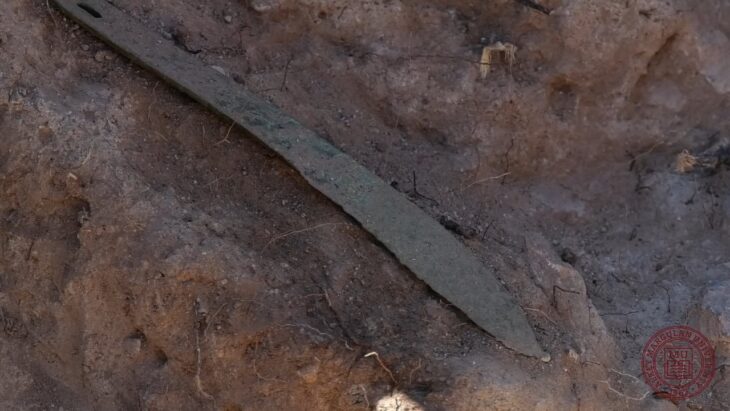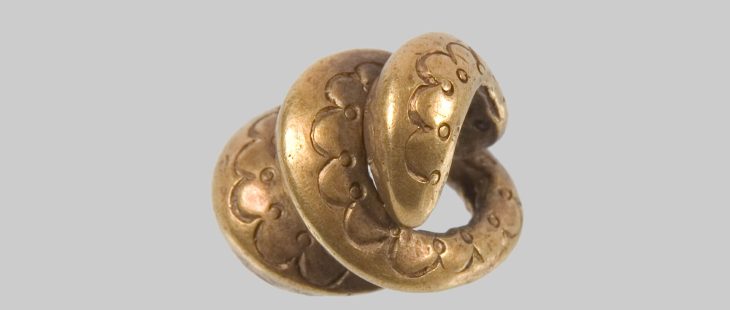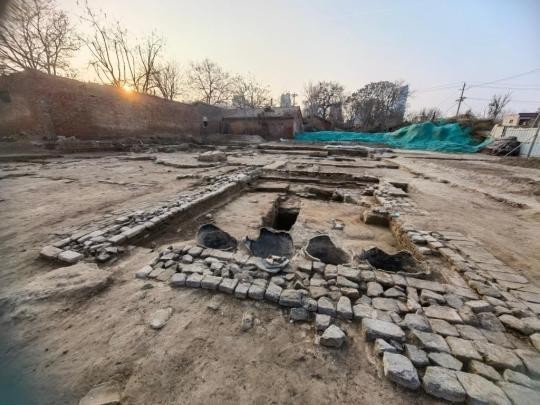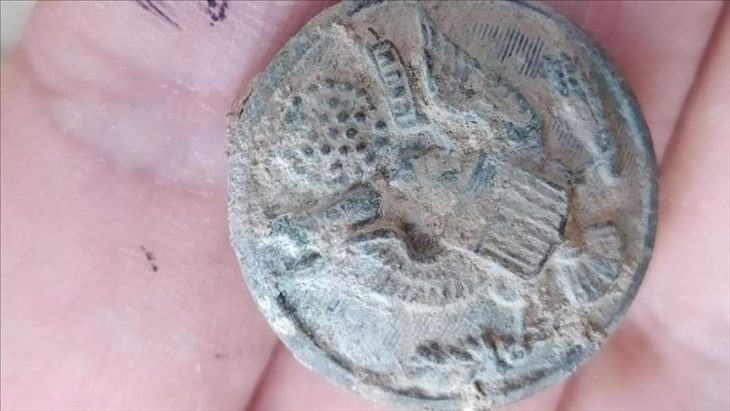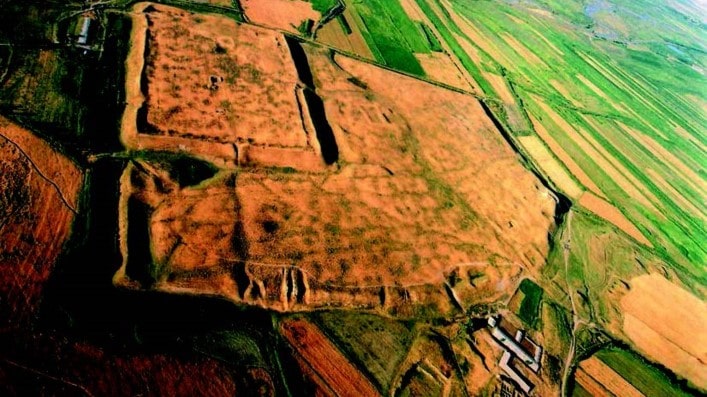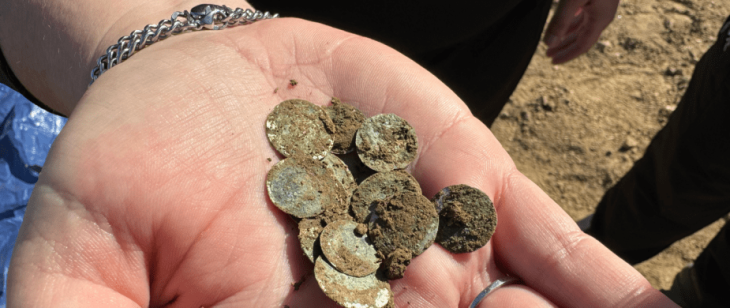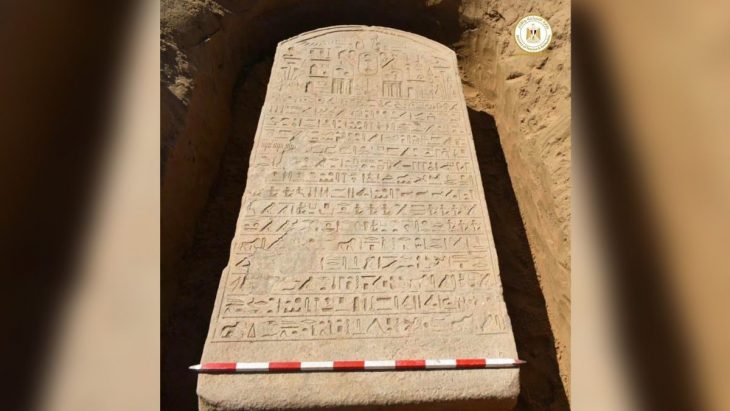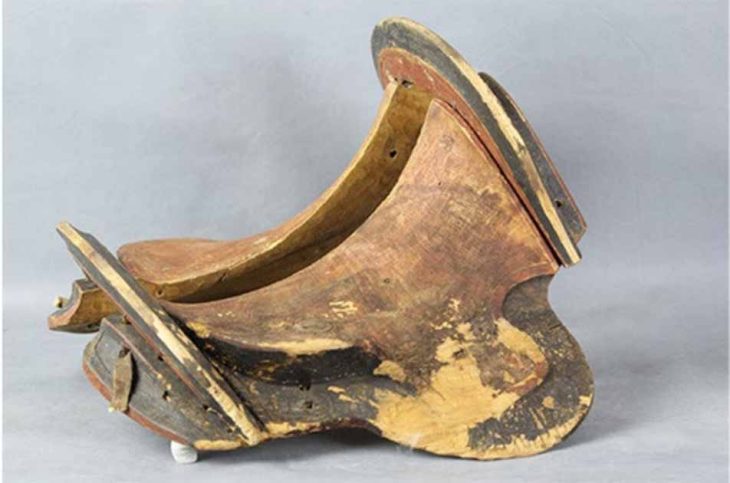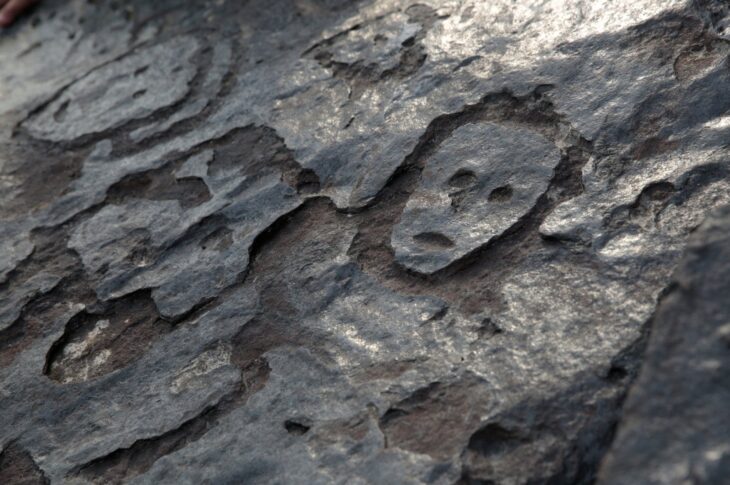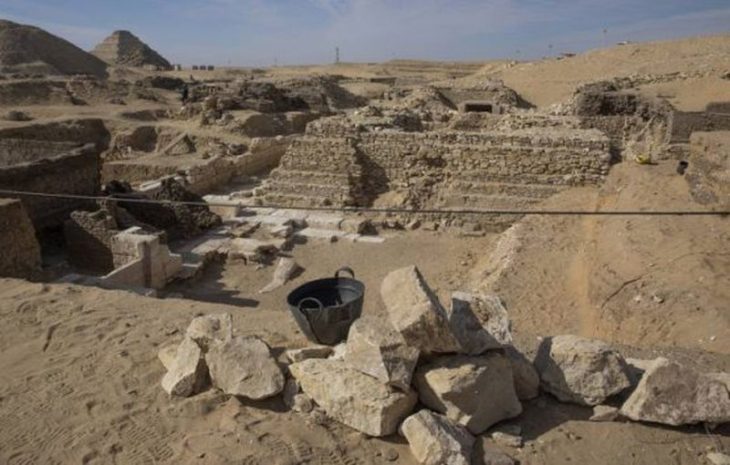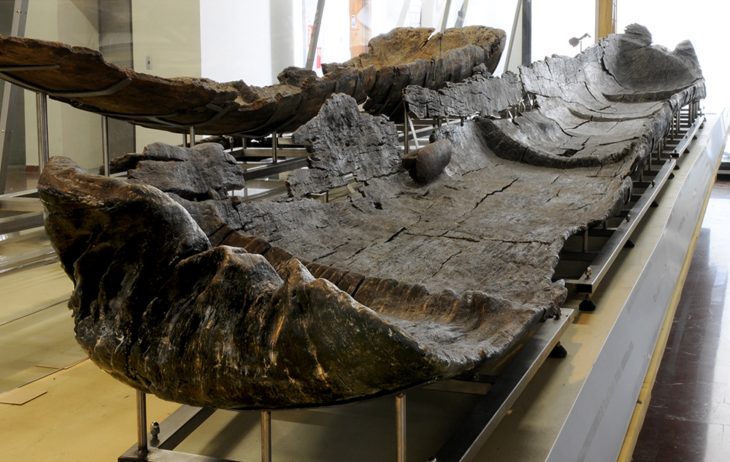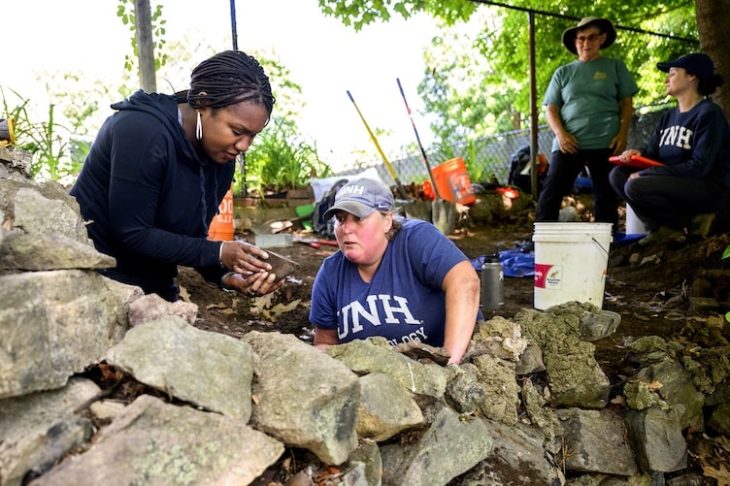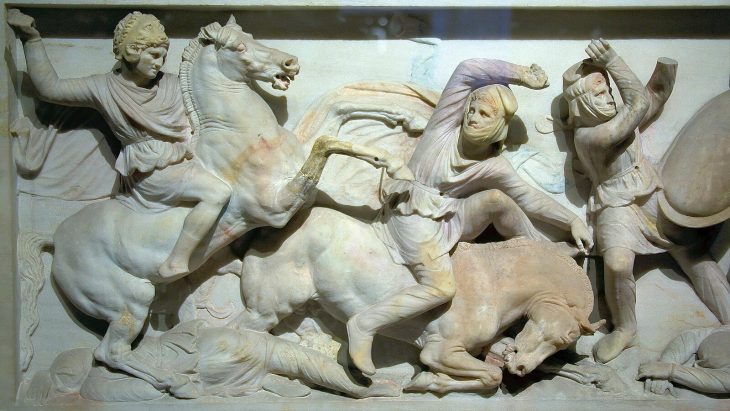Archaeological research carried out in Azerbaijan recently likely confirmed the existence of Amazons, female warriors from Greek mythology.
During excavations at the Bronze Age burial ground located in Nakhchivan, Azerbaijan, archaeologists unearthed graves containing female remains along with weapons such as razor-sharp arrowheads, bronze daggers, and maces.
Amazons were known for their skill in using bows and arrows and for their refusal to associate with men in their environment, as reported by The Guardian.
The ancient Greeks’ mythical archenemies were amazons, fierce warrior women who lived on the outskirts of the known world. Heracles and Achilles demonstrated their valor in duels against Amazon queens, while the Athenians celebrated their victory over a powerful Amazon army. Cyrus of Persia, Alexander the Great, and the Roman general Pompey all faced off against the Amazons.
Though long lost to myth, archaeologists are finding more and more evidence that these horse-riding, bow-wielding nomads, who hunted and battled just like men, actually existed.
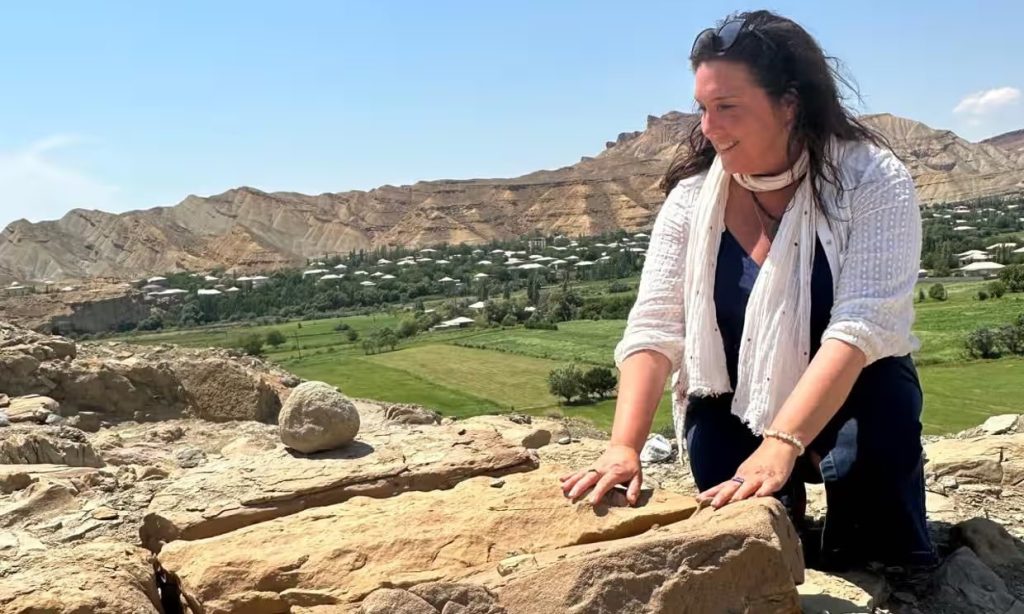
Archaeological excavations shedding light on the millennia-old legend were carried out in the city of Nakhchivan at a Bronze Age site. Graves of women buried with weapons were found there. Among these findings were sharp arrows, a bronze dagger, and a mace. Some skeletons showed signs that the women actively used bows and arrows. Based on these facts, scientists concluded that these women could have been Amazons who lived around 4000 years ago.
Historian Bettany Hughes told the Observer: “It shows that there’s truth behind the myths and legends of ancient Greece. If we’re talking about a culture that crosses the Caucasus and the Steppe, which is what all the ancients said, obviously you need other remains.”
The evidence mentioned by historian Bettany Hughes is of great importance when previously discovered findings are added to it. For instance, in 2019, the remains of four female warriors buried with arrowheads and spears were found in Russia. In 2017 the remains of a woman who most likely died from wounds sustained in battle were discovered by Armenian archaeologists; an arrowhead was discovered embedded in her leg. Additionally, the remains of a woman who had been buried with a dagger were discovered in the early 1990s close to the Kazakhstani border.
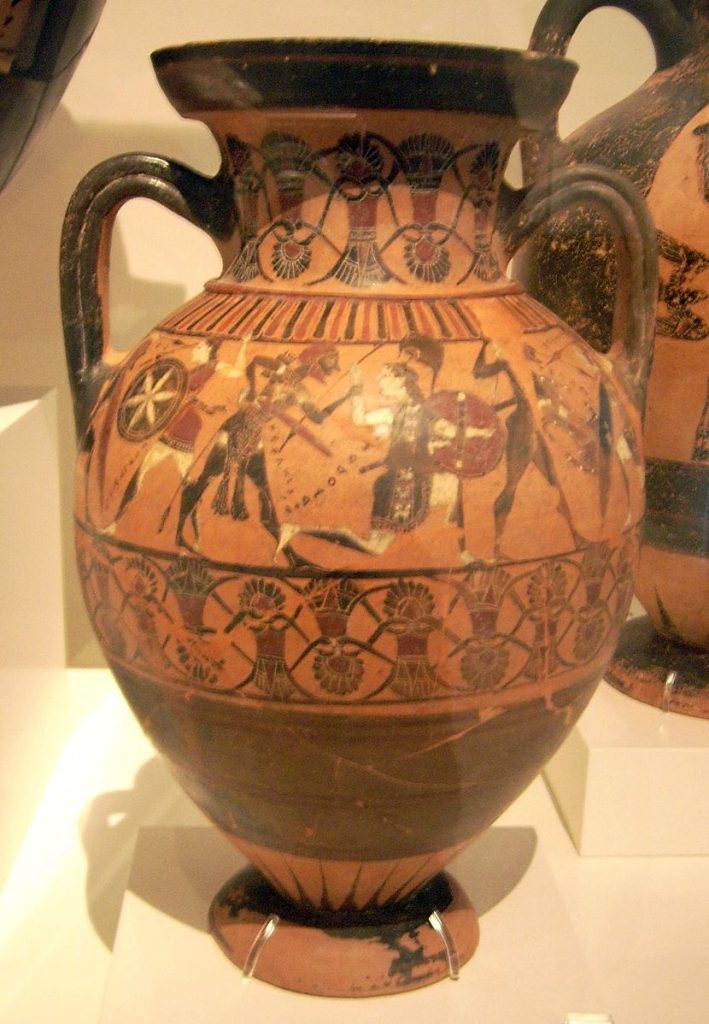
Hughes stated that some of the skeletons reveal that the women had used bows and arrows extensively. She explained that their fingers displayed deformities, likely from prolonged arrow usage, suggesting sustained and intensive practice. According to her observations, these changes in finger joints couldn’t have solely resulted from hunting activities.
She further mentioned that the bone evidence revealed clear signs of extended time spent in the saddle, with women’s pelvises appearing to have widened due to horseback riding. Clearly, the shape of their bones reflected the impact of their lifestyle.
In addition to weapons, archaeologists discovered a carnelian ornament in one of the graves, which is a semi-precious stone commonly worn by high priestesses and used as a status symbol.
The finds will be revealed in a new Channel 4 series that begins on 6 April titled Bettany Hughes’ Treasures of the World.
Cover Photo: Ancient Roman mosaic: Amazon warrior armed with a labrys, engaged in combat with a hippeus, is seized by her Phrygian cap; 4th century AD. From Daphne, a suburb of Antioch on the Orontes (modern Antakya in southern Turkey). Installed in the Denon Wing of the Louvre. Source

